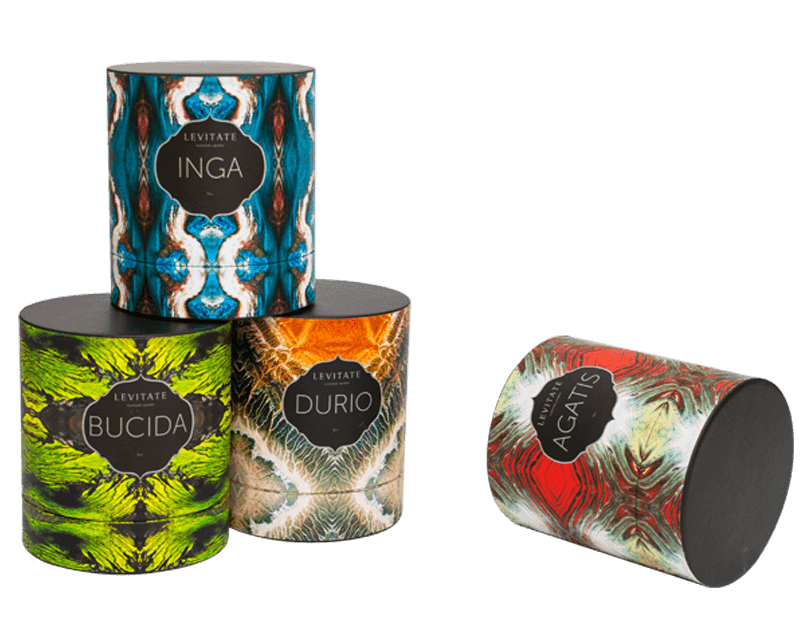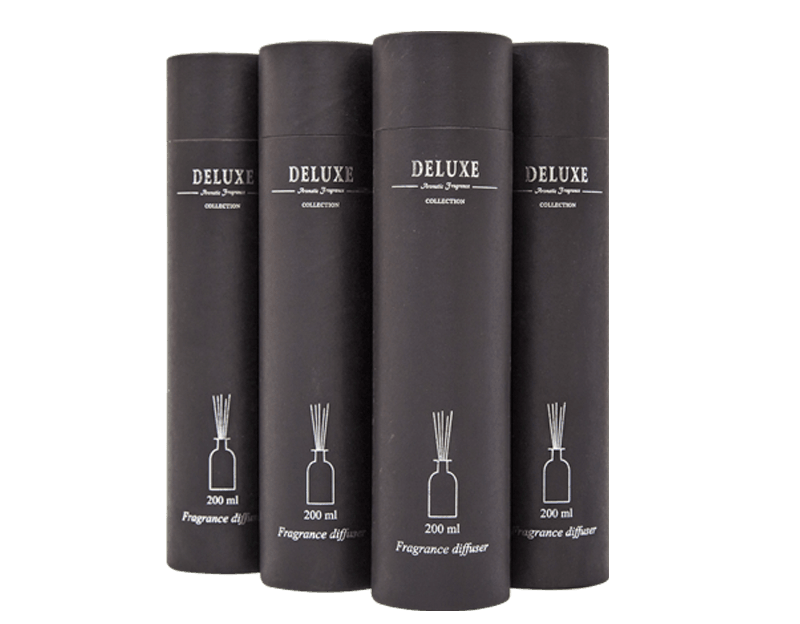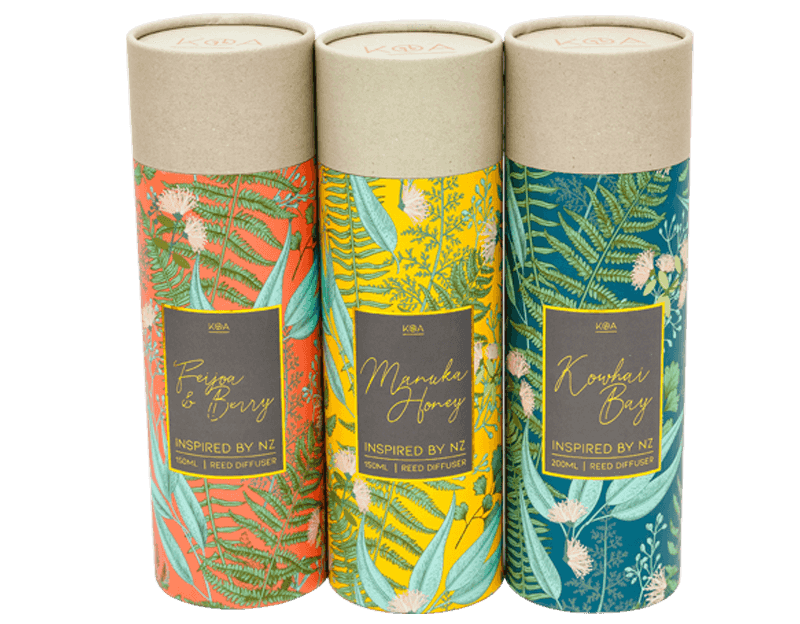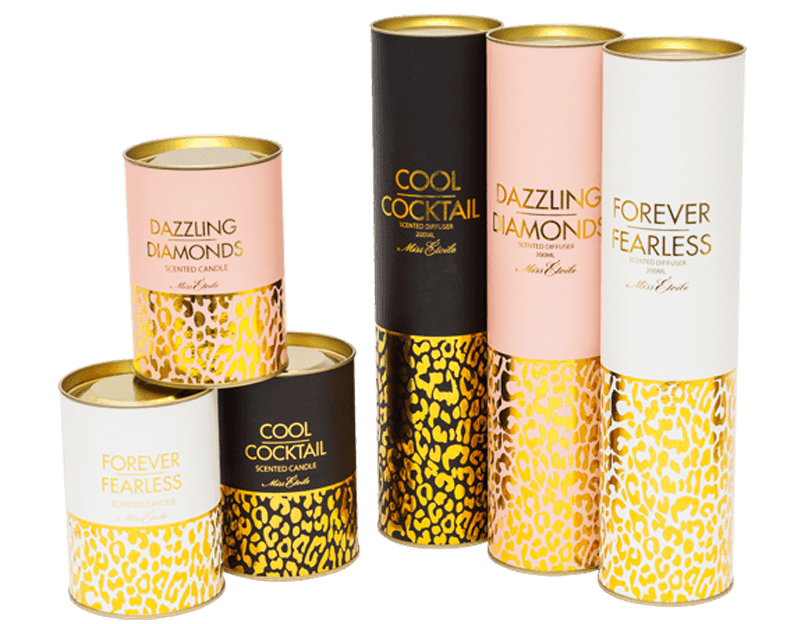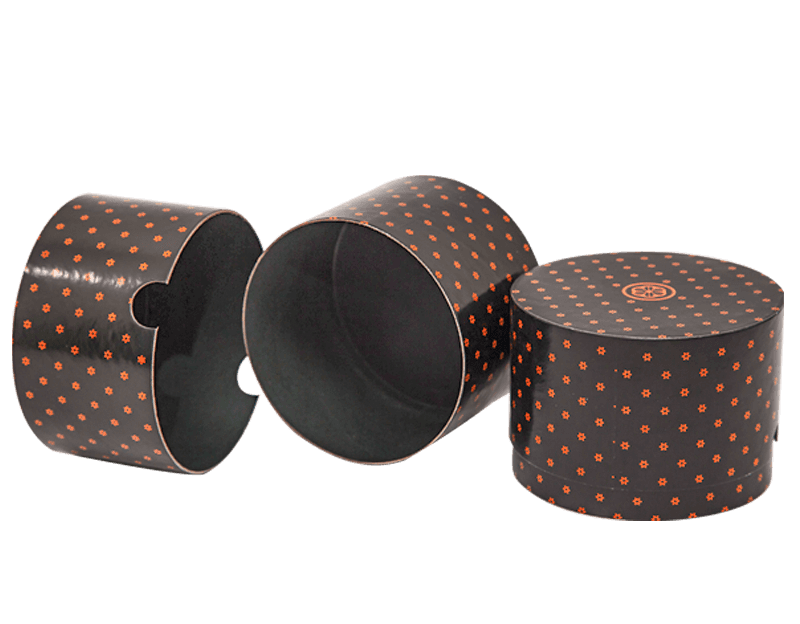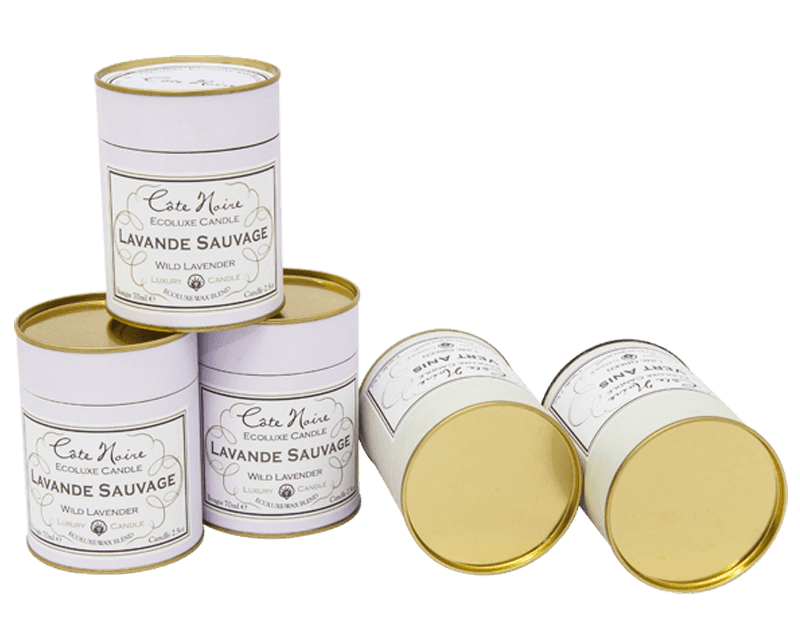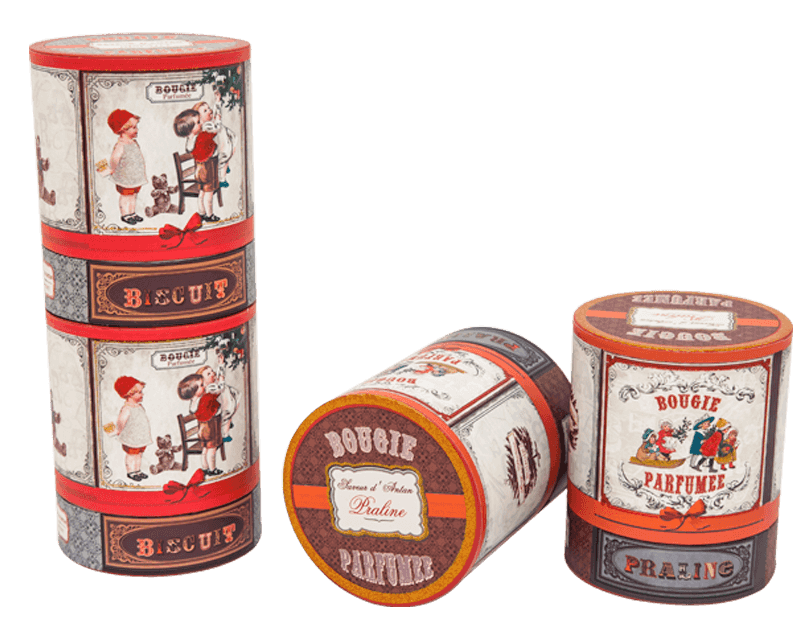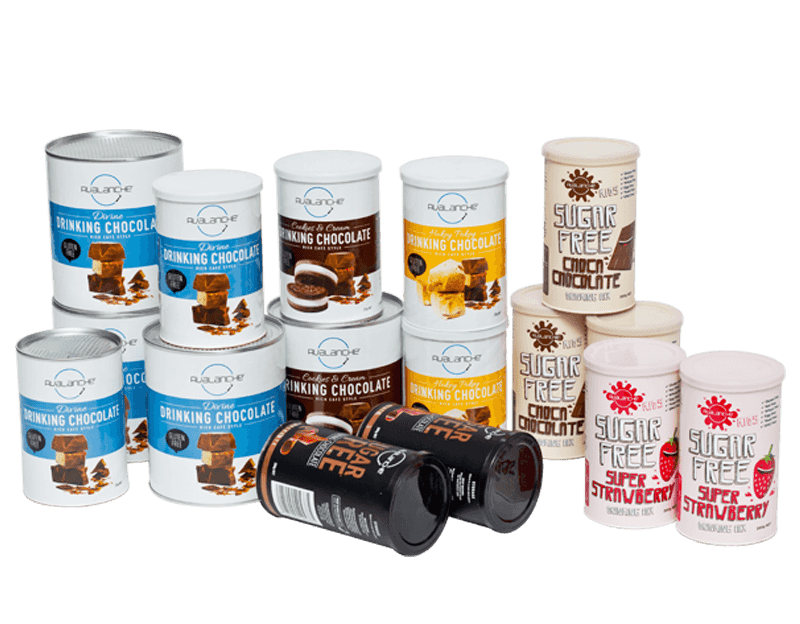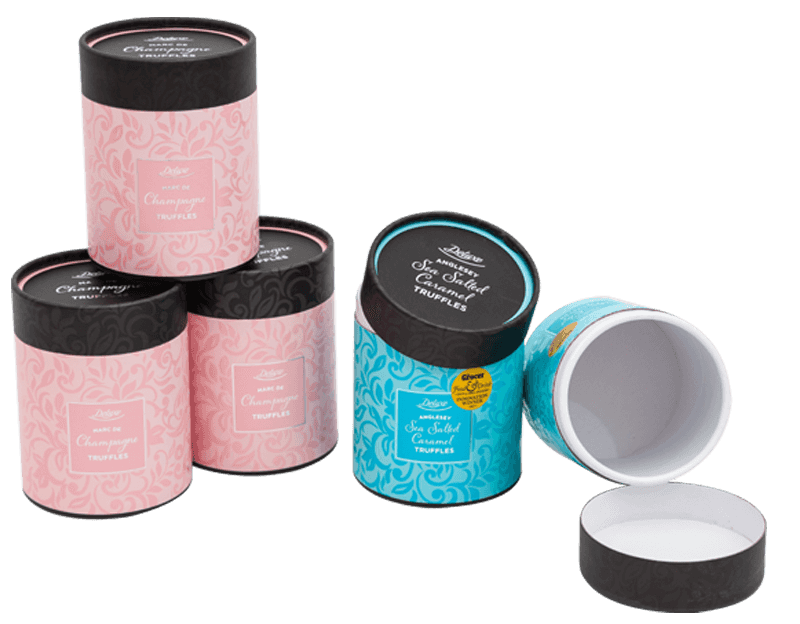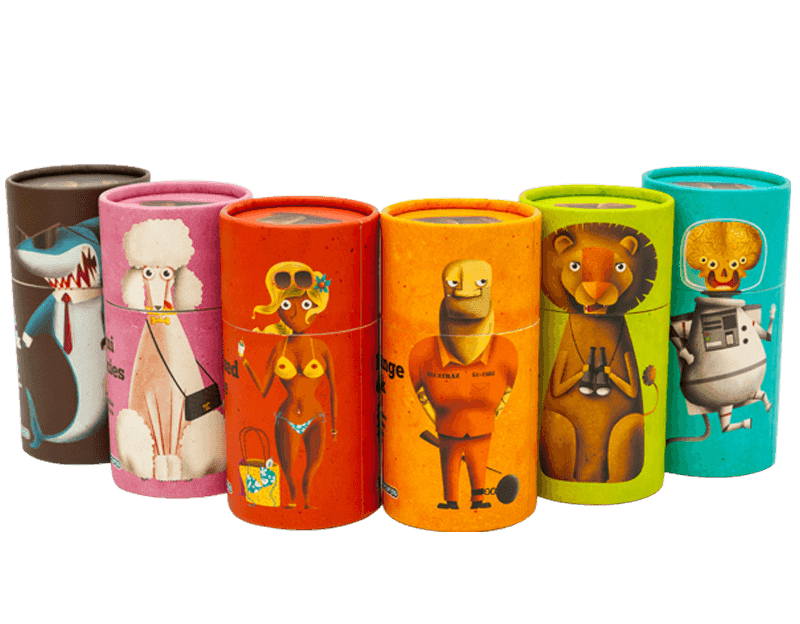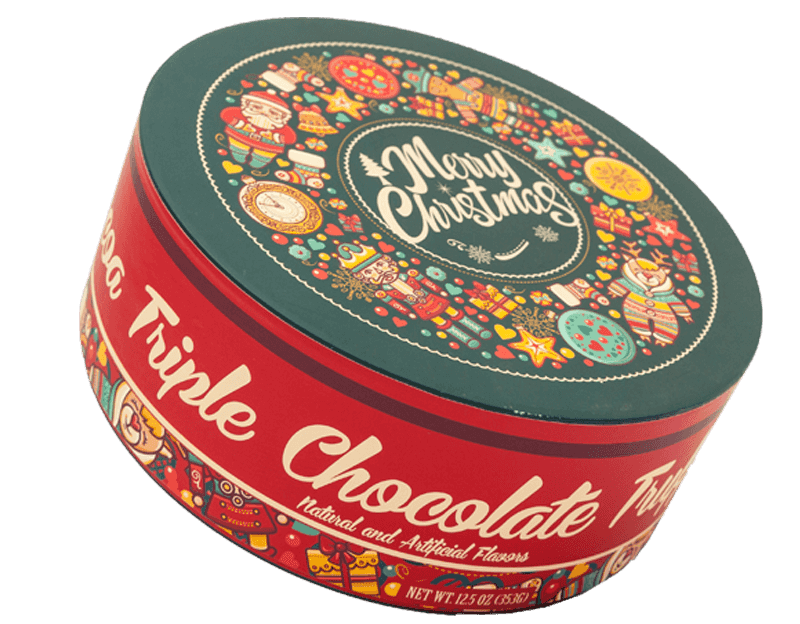As one of the top China cardboard tube packaging manufacturers and paper tube packaging suppliers, we devote all of our efforts to research and launch more high quality packaging products to global market.
Paper tube packaging protects delicate items like ceramic cups, sleek drinkware and fragile figurines during transit. Their inner linings are chemically inert and don’t react with food, unlike the linings of some plastic packaging that can contaminate and spoil food.
Paper tubes are made from renewable raw materials that can be recycled at the end of their useful life. They also produce fewer greenhouse gases than metal and plastic.
Customization
Whether for subscription coffee or tea, cosmetics cream jars, or glass candle vessels, paper tube packaging is a sturdy and durable option that holds and protects fragile products. It's also eco-friendly and recyclable, and it adds premium presentation to the unboxing experience.
Paper tube manufacturing experts can customize size, diameter and length to match your product specifications. They can also add features like a ribbon pull for easier opening and a wide range of finishes, including foil stamping, debossing, spot UV and soft touch lamination.
The tube ID and wall thickness should be matched to the dimensions of your product to avoid movement during shipping, handling and storage. For example, a one-of-a-kind paper art print or stationery will be better protected rolled up in a paper tube than folded flat, and customers will appreciate your thoughtfulness!
Lids
Many paper products can get damaged or ruined during shipping. That’s why putting them in tube packaging is a great idea. It keeps them pristine and ready to be displayed at the customer’s home. Plus, it makes the unboxing experience even more exciting.
A one-of-a-kind art print or poster would be a disaster to receive in a dented, torn box. So, use tube packaging to protect delicate creations and win customer trust. Make sure to include clear instructions for recycling the packaging and a branded tape that runs along the edges.
Unlike plastic, paper tube packaging is water-resistant. It’s also easy to handle, and its natural look helps it stand out on store shelves. It can be sealed with either paper or tin caps to keep out pests, moisture, and other harmful conditions. You can even add a foam or paperboard insert to better preserve the items inside. It’s also recyclable and biodegradable. This makes it an eco-friendly choice for retailers who want to promote a green brand image.
Printing
In addition to printing, paper tube manufacturing also includes value-added secondary operations like embossing, notching and slotting, as well as cut windows. These can be used for a variety of applications, including allowing users to view their products while ensuring the contents remain safe and secure.
Often, the paper or paperboard used to make tubes and cores is sourced from recycled materials or mills. The converting process may include stages for web slitting, winding and lamination or adhesive bonding. Typically, a liner ply and wrap ply are used to make a paper tube. Intermediate plies can be added for increased strength and other desired properties.
It’s important to store paper tubes in a dry place, where moisture and humidity can’t degrade the paper or damage the product inside. They should be stacked horizontally or upright, not laying down on their sides or ends to prevent them from being crushed or deformed. Also, don’t put anything heavy atop them, as this can also crush or deform the tubes.
Finishes
Paper tube manufacturing is a complex paper converting process that combines web slitting, web winding and lamination or adhesive bonding. Through multiple wraps of one or more paper plies around a steel mandrel, the manufacturing process forms tubes in round, square and custom shapes.
The end of a paper tube can be tucked, crimped or snapped closed, depending on the product's use and closure preference. Some manufacturers offer a spot UV finish to give the end of the tube a glossy look.
Many paper tube manufacturers have collection and re-use programs for cores and waste materials from their customers, which reduces the amount of material sent to landfills. In addition, using paper as packaging eliminates the need to use plastic or metal and helps to lower greenhouse gas emissions from the production of plastic and metal. This is because the raw materials used to make paper can be sourced from renewable sources and forests that capture carbon.
 English
English Español
Español
